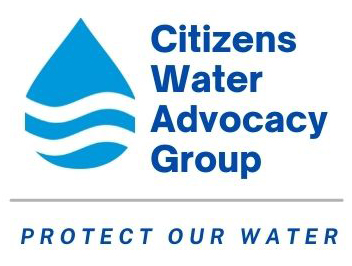Not Immediate But Long-Term Worry
When more groundwater is removed than is recharged, the water table declines. Pores in formerly saturated alluvium are no longer held open by water pressure, allowing the alluvium to compress, thus permanently lowering the land surface. This is land subsidence. The Arizona Geological Survey monitors known subsidence zones statewide using InSAR satellite technology.
In central and southern Arizona, beginning in the 1940s and continuing today, land subsidence in Arizona has already cost millions from damaged pipelines, collapsed wells, and cracked canals, roads, bridges, buildings, homes, and dams. Active subsidence regions include agricultural areas in the McMullen Valley, Scottsdale, Queen Creek, Luke AFB, Pinal County, and Willcox. A statewide risk assessment estimated potential damages at nearly $200 million.
An ADWR hydrologist (Frank Corkhill, private communication) stated, "At this time the amount of historic water level decline in the PrAMA would be considered generally too small to have caused any significant subsidence (compared to conditions in other areas of the state). However, that is more of a general observation than a hard and fast rule." Satellite images obtained by CWAG from ADWR for the Little Chino Sub-basin show no detectable subsidence for the period 2005-2008.
Due to the potentially disruptive and expensive effects of subsidence, long-term subsidence monitoring is needed. If safe yield were to be achieved, groundwater levels would be stabilized and expensive, substantial damage to infrastructure and property could be avoided.
Updated June 12, 2023
